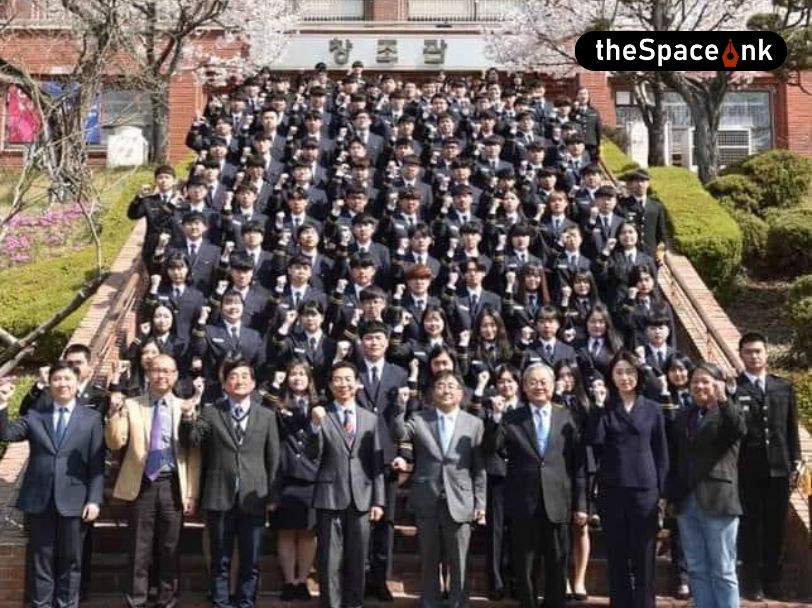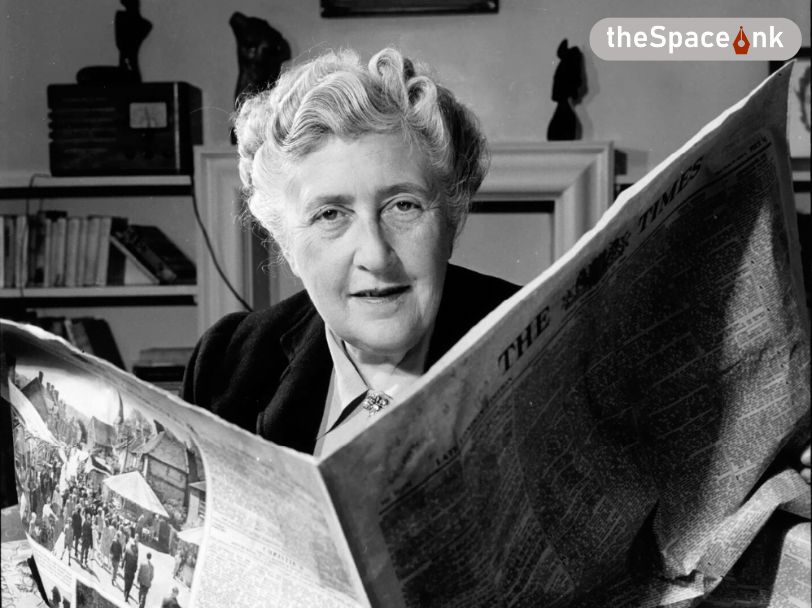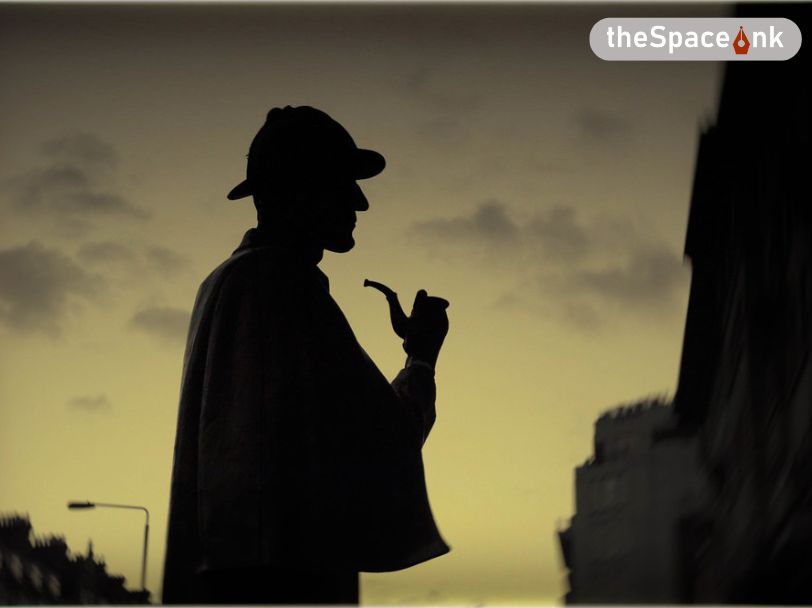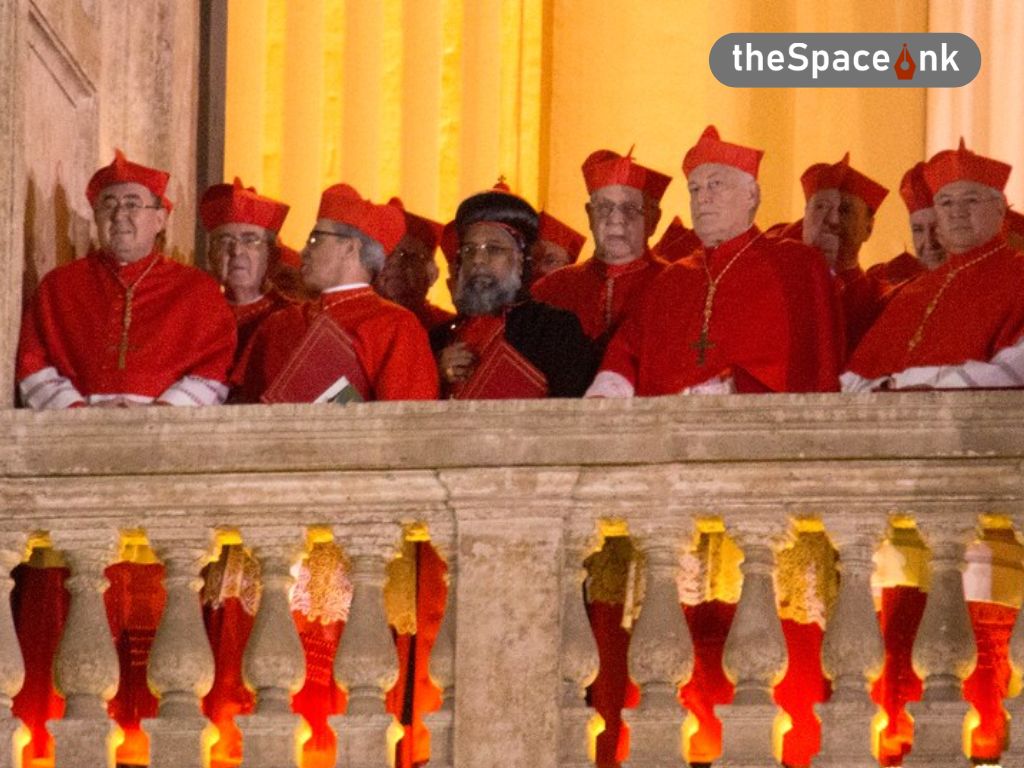
The Scots and the Irish believed was that spirits or mischievous fairies needed to be propitiated to ensure that the people and their livestock survived the winter. A strange part of the festival involved people going door-to-door in costumes or in disguise, often reciting verses in exchange for food.
Jawhar Sircar is a former Member of Parliament. He retired from the Indian Administrative Service as India’s Culture Secy and was later Chief Executive Officer of the public broadcaster, Prasar Bharati. He is well-known for his articles on history, culture and politics and his columns appear in several leading Indian and foreign newspapers and magazines in English and Bengali. Sircar has also been the Chairman of the Centre for Studies in Social Sciences, Kolkata.








